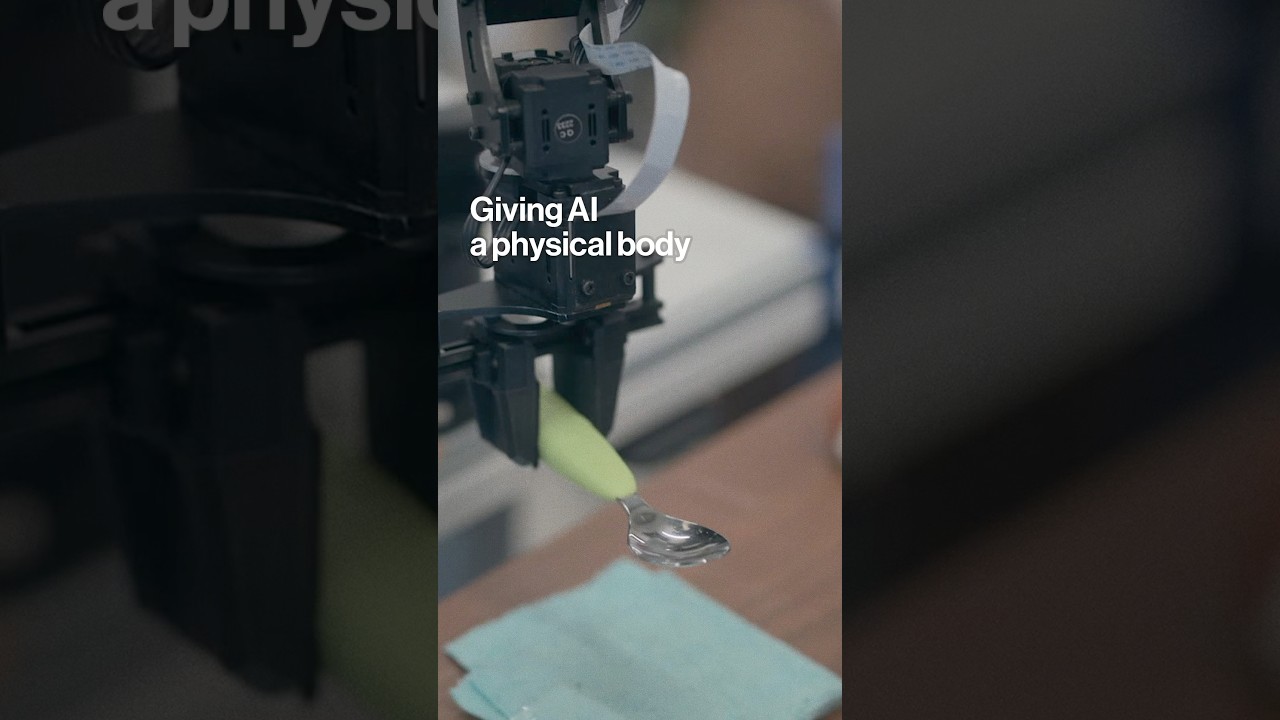The video explores the idea of enhancing artificial intelligence by giving it a physical body, as proposed by Sergey Levan and Kevin Black, arguing that physical interaction with the environment is crucial for achieving superintelligence. By enabling AI to learn and adapt through real-world experiences, this approach could revolutionize various industries and improve the capabilities of AI systems beyond traditional chatbots and language models.
The video discusses the concept of enhancing artificial intelligence (AI) by giving it a physical body, as proposed by Sergey Levan and his PhD student Kevin Black. They argue that while chatbots and language models are impressive, they may not be sufficient for achieving superintelligence. The key to reaching this advanced level of AI may lie in its ability to physically interact with the world, allowing it to learn and adapt in real-time.
The featured robot in the video exemplifies this idea. Unlike traditional robots that are programmed to perform specific tasks with precision, this robot is designed to learn from its environment and experiences. It can adapt its actions based on feedback, which enables it to perform tasks more effectively over time. This learning process is crucial for developing a more intelligent and versatile AI system.
One of the main advantages of giving AI a physical body is the ability to engage with the world in a more meaningful way. By interacting with objects and environments, AI can gather data and learn from its surroundings, leading to a deeper understanding of various tasks and scenarios. This physical engagement could bridge the gap between theoretical knowledge and practical application, enhancing the AI’s capabilities.
The video also highlights the potential implications of this approach for various industries. Robots that can learn and adapt could revolutionize fields such as manufacturing, healthcare, and service industries. By automating tasks that require flexibility and problem-solving, these advanced AI systems could improve efficiency and productivity while also reducing the need for human intervention in certain areas.
In conclusion, the video emphasizes the importance of integrating physical interaction into AI development. By giving AI a body, researchers like Levan and Black believe that we can unlock new levels of intelligence and adaptability. This shift could pave the way for more advanced AI systems that not only understand language but also navigate and manipulate the physical world, ultimately contributing to the pursuit of superintelligence.
